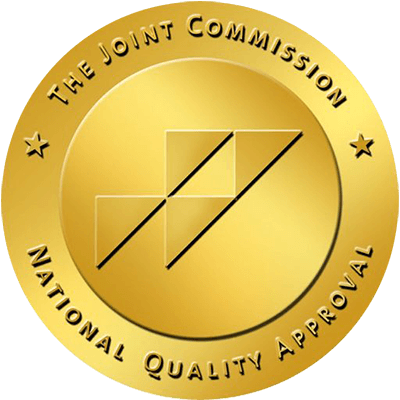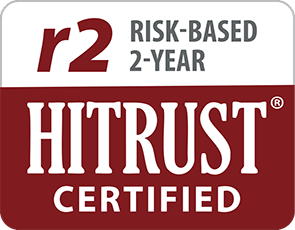Depression and anxiety are diagnosed by comparing the symptoms that someone is experiencing to known attributes of these conditions, using criteria established by the American Psychiatric Association. There are typically no blood tests that need to be checked in order to diagnose these conditions.
Because of this, your provider doesn’t necessarily need to be in-person and physically present to effectively diagnose and treat depression and anxiety. Providers can review your symptoms, health history, and other considerations remotely, then consult with you to verify their diagnosis and discuss treatment options.
Delivering care online can enable your provider to more closely monitor your progress, and communicate that progress more effectively and frequently over time. This is particularly relevant for antidepressant medication, as it’s common for your provider to need to refine your dose and medication based on your individual response.
That said, remote care isn’t a good fit for everyone. For example, people with certain psychiatric diagnoses may benefit from in-person care; as may people with chronic medical conditions such as liver disease, kidney disease, seizures, or certain cardiac arrhythmias.







